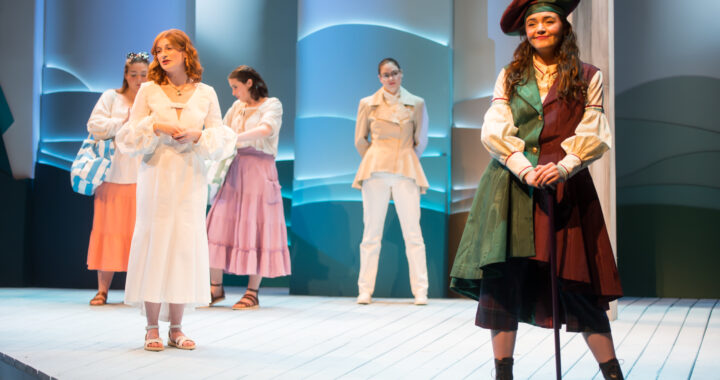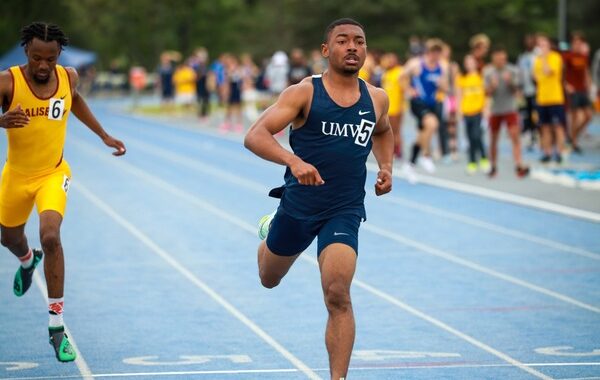Annual Student Leadership Summit introduces new sessions
3 min read
The Leadership Summit is organized to teach club executives valuable skills. (UMW)
By DALEY JENNINGS
Staff Writer
On Sept. 7 and 8, student leaders on campus came together to participate in the second annual UMW Student Leadership Summit. The event centers around teaching club executives how to effectively lead their clubs. The summit offered workshops that covered subjects such as event planning, conflict resolution, and budgeting plans.
The Student Leadership Summit was created by the co-chairs of the Student Leadership Committee, Sandrine Sutphin and Kelly Shannon. Prior to the existence of the summit, club leaders were instead required to attend monthly meetings with the Inter-Club Association.
“We did hear some feedback that students didn’t enjoy the meetings, and we felt like it would be a great way to kick off the semester so that everyone is getting the same consistent message,” said Sutphin. “Also we wanted to include that leadership development component so there is some benefit to them personally so that they learn about their strengths as leaders and so it’s not just the training piece of it but also who are you as a leader.”
Since the first summit, there have been new events added and other events that have been cut. This year’s event was also moved from the end of summer to the beginning of the fall semester.
Other changes included eliminating the panel that featured President Paino and shortening the strengths seminar. These changes were implemented to make time for networking opportunities among the clubs representatives and for workshops focusing on conflict within the group dynamic and self-care.

At the summit, students were grouped at tables categorized by type of club, such as Performing Clubs and Service Clubs. Some students felt as if their clubs were being generalized by being labeled this way. Junior theater and music double major Javon Jones said that he felt that his improv group wasn’t able to connect with some of the general instruction that was given to the performance groups.
“We’re one of the few performance clubs of our kind on campus, probably the only one. We’re definitely the only improv club,” said Jones. “It’s hard for anything to be close to what we do so it’s hard for us to have that sense of ‘oh I understand the struggles of an acapella group,’ when we’re so vastly different from the other performing clubs.”
Sophomore environmental science major Kayli Ottomanelli, who is the vice president of the ASL club Talk to the Hands, had a similar experience when attending one of the workshops that was mandatory for all club representatives.
“They had lumped some of the clubs into categories that didn’t really feel like they belonged in,” said Ottomanelli. “Then when we were looking at the schedule for the next day, some of the clubs felt like the activities scheduled for everybody to participate in didn’t necessarily apply to a lot of our clubs.”
While students voiced frustration with some features of the summit, they also recognized that the improvements made from last year did not go unappreciated by the student leaders.
“I praise the No Drama seminar because that’s the strongest part of the day for me,” said Jones. “I mean, that gave me sort of the inspiration and drive to be a more effective communicator, especially in the sense of emotional intelligence that is really required to be a leader who is good at communication and conflict resolution.”
The “No More Drama” workshop was one of the other changes added to the schedule. It placed a focus more on conflict resolution with the group, as well as encouraging leaders to practice self-care.
As the summit grows, Shannon and Sutphin look for ways to improve it.
“It’s certainly not a perfect program yet and we look to make improvements every year,” said Sutphin.
After the summit, students received a survey about their experience of the event and what they think could be improved.











